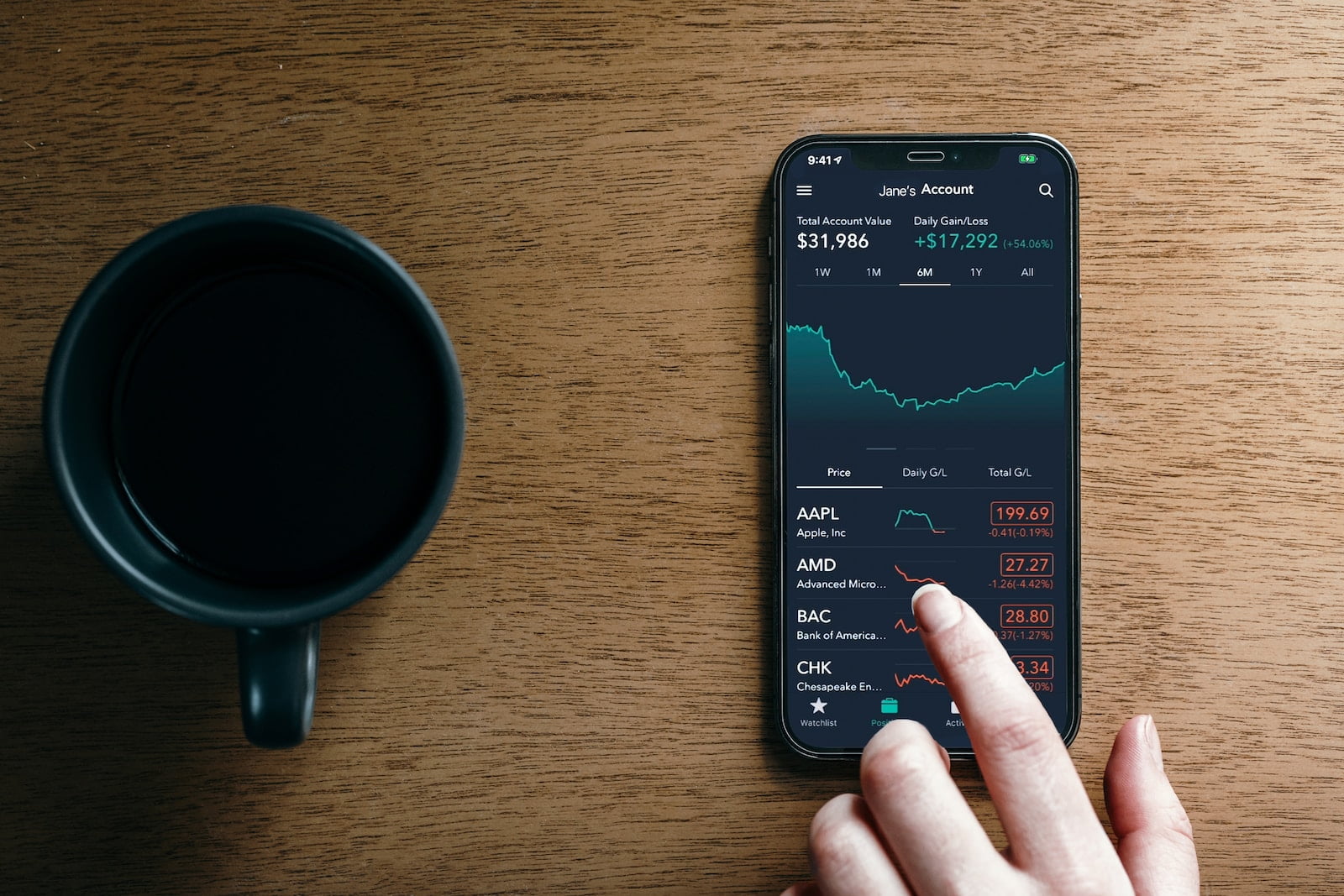Forex trading, with its fast-paced and 24/5 nature, has always been a prime candidate for automation. Expert Advisors (EAs), also known as trading robots or algorithms, have emerged as powerful tools in the realm of forex trading. In this article, we’ll explore the world of Expert Advisors, examining their advantages, disadvantages, and best practices for those considering their use.
Understanding Expert Advisors (EAs)
Expert Advisors are computer programs or scripts that automate trading tasks on the MetaTrader platform, one of the most popular trading platforms in the forex market. EAs are coded to follow specific trading strategies, execute trades, and manage positions without the need for constant human intervention.
The Pros of Using Expert Advisors
Automation: EAs can execute trades 24/5 without the need for sleep or breaks, taking advantage of trading opportunities even when traders are unavailable.
Discipline: EAs follow predefined rules without emotions, which can help traders avoid impulsive decisions driven by fear or greed.
Backtesting: EAs can be backtested using historical data to assess their performance before deploying them in live trading.
Speed: EAs execute trades within milliseconds, capitalizing on price movements faster than human traders can.
Diversification: Multiple EAs can be used to trade different strategies or currency pairs simultaneously, achieving greater diversification.
The Cons and Challenges of EAs
Lack of Adaptability: EAs rely on predefined rules and cannot adapt to unforeseen market events or changing conditions. They may perform poorly during unusual market situations.
Over-Optimization: Excessive fine-tuning of EAs based on historical data can lead to poor performance in live markets, a phenomenon known as curve fitting.
Technical Issues: EAs are vulnerable to technical glitches, system crashes, or connectivity issues, which can result in unexpected losses.
Market Sentiment: EAs do not consider market sentiment or news events, which can have a significant impact on forex markets.
Costs: Some EAs may incur costs, such as subscription fees or commissions, which can affect profitability.
Best Practices for Using Expert Advisors
Thorough Testing: Before deploying an EA in live trading, thoroughly backtest it using historical data to evaluate its performance under various market conditions.
Diversify: Avoid relying solely on one EA or strategy. Diversify by using multiple EAs with different strategies to reduce risk.
Regular Monitoring: Even though EAs can trade autonomously, it’s essential to monitor their performance and intervene when necessary, especially during major news events.
Risk Management: Implement risk management measures, such as setting stop-loss and take-profit levels, to protect your capital.
Stay Informed: Keep up with economic news and events that can impact forex markets. Be prepared to deactivate EAs during significant market-moving events.
Keep It Simple: Avoid overly complex EAs. Simplicity often leads to better performance and easier troubleshooting.
Conclusion
Expert Advisors (EAs) have brought automation and efficiency to forex trading, offering traders the potential for enhanced profitability and reduced emotional stress. However, they come with their own set of challenges, and their success depends on careful development, testing, and management.
For traders considering EAs, it’s crucial to strike a balance between automation and human oversight. While EAs can execute trades tirelessly and without emotion, they should be viewed as tools to complement a trader’s skill and judgment, rather than replace them entirely. By following best practices and continuously monitoring and adapting EAs, traders can harness their power effectively in the dynamic world of forex trading.

+ There are no comments
Add yours